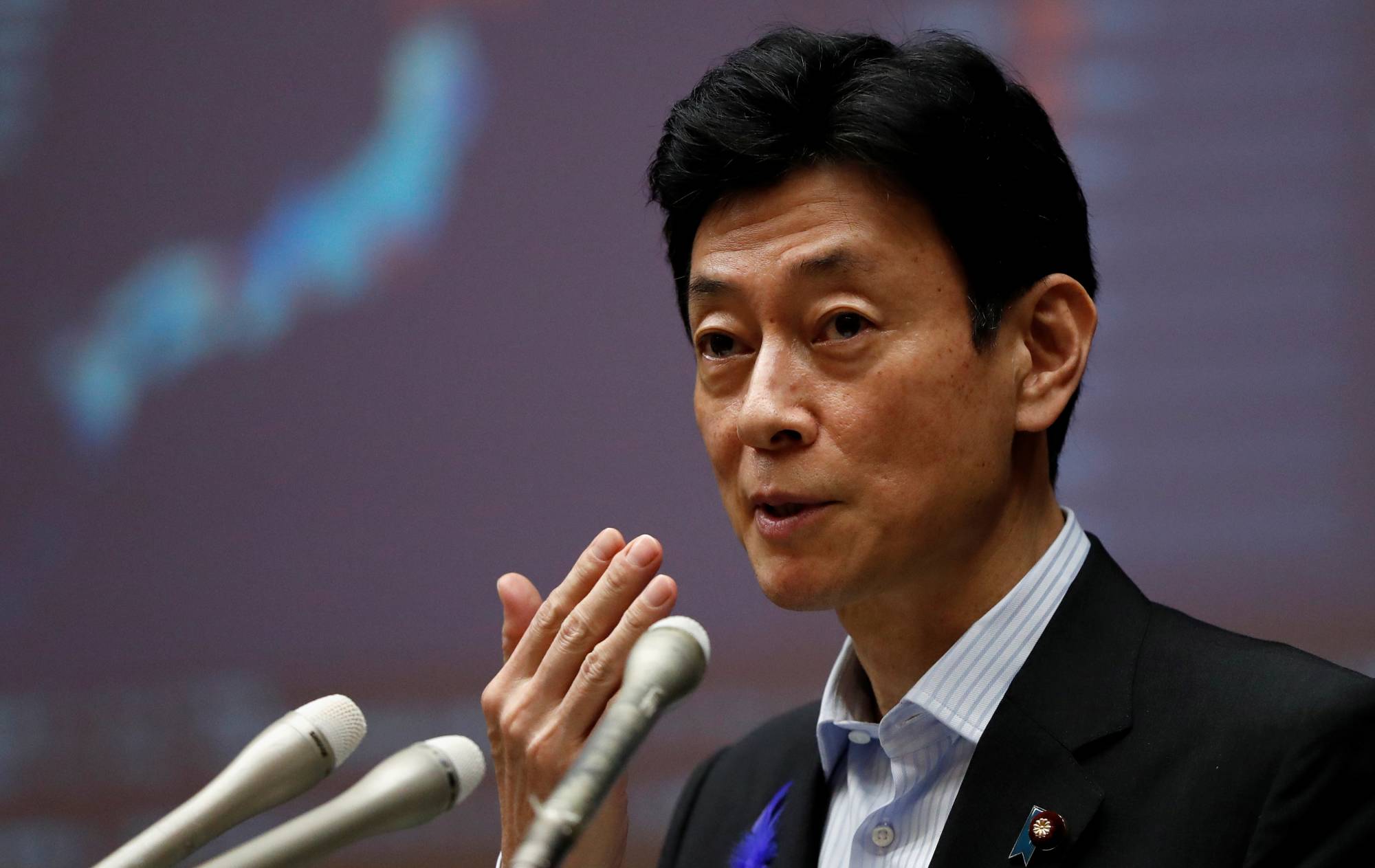Japan’s output gap of about ¥20 trillion ($145 billion) should be borne in mind in discussions about a second extra budget expected to start in the fall, a former economy minister said.
"In the parliamentary session starting from the fall, I would like to think about large-scale economic stimulus and an extra budget,” said Yasutoshi Nishimura, who now serves on a ruling Liberal Democratic Party panel on economic growth. He added that some of the funds could be spent on the government’s plans for digitalization and "green transformation.”
The so-called gross domestic product gap, or output gap, refers to the difference between a country’s actual output and the output it could potentially reach at full capacity. An estimate released by the Cabinet Office last month for the January-March period put the figure at negative 3.6%, or about ¥20 trillion.

















With your current subscription plan you can comment on stories. However, before writing your first comment, please create a display name in the Profile section of your subscriber account page.